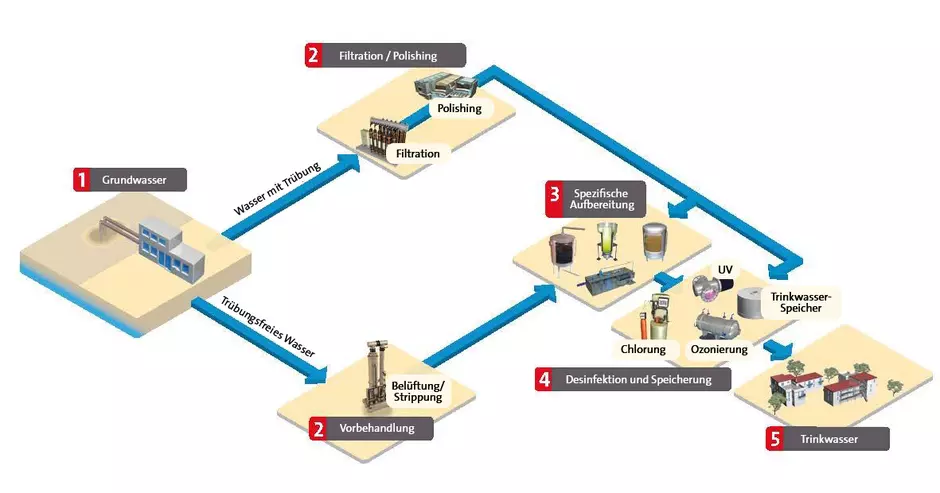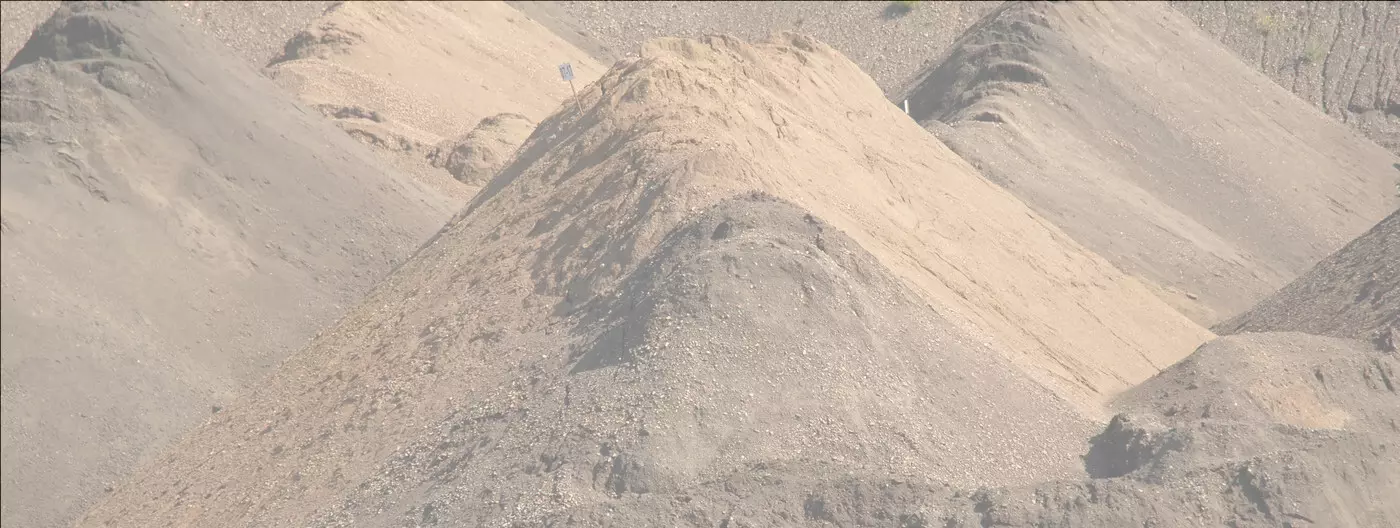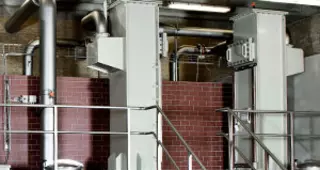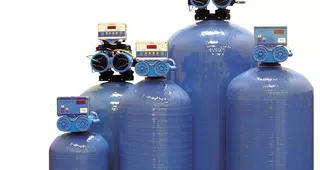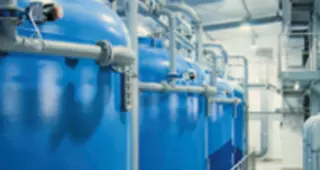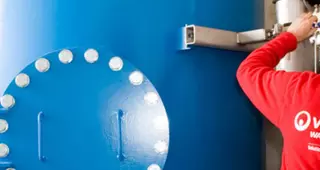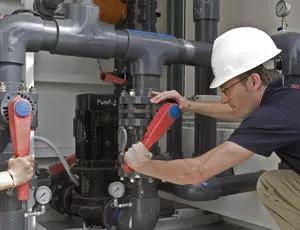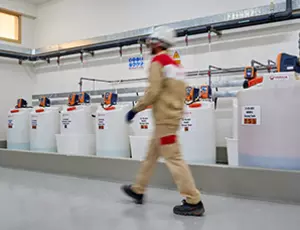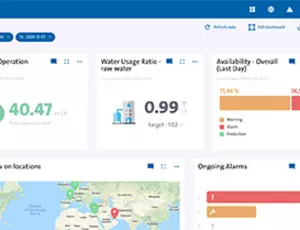Unsere Experten entwickeln innovative Lösungen für Projekte zur Grundwasserbehandlung. Die Anlagen von Veolia Water Technologies erfüllen die Bedürfnisse unserer Kunden und gewährleisten die Einhaltung strenger Vorschriften – von der Grundwassersanierung bis hin zur Trinkwassergewinnung.
Finden Sie heraus, wie wir Ihnen helfen können:
Grundwasser ist Niederschlagswasser, das im Untergrund zwischen Sedimenten und Gesteinsspalten versickert. Es ist eine der wichtigsten Quellen für Trinkwasser und die Bewässerung und kann auch wieder auftauchen, indem es Bäche, Flüsse und Seen speist.
In der Natur enthält selbst das sauberste Wasser Verunreinigungen. Das Grundwasser ist mit Schadstoffen wie etwa Chemikalien aus Industrie und Landwirtschaft belastet und seine Qualität variiert von einer Quelle zur anderen, so dass es vor dem Verbrauch desinfiziert werden muss. Um ein Höchstmaß an Trinkwassersicherheit zu gewährleisten, erfordert die Aufbereitung jeweils an die Situation angepasste Lösungen, einschließlich physikalischer und chemischer Technologien.
Grundwasser dient der Trinkwasserversorgung und der Bewässerung. Es ist auch eine wichtige Wasserquelle für industrielle Prozesse.
Eine Grundwasserreinigung unter Einhaltung strenger Vorschriften verhindert, dass schädliche Stoffe zu den Endverbrauchern gelangen. Behandeltes Grundwasser ist einer der Hauptbestandteile des Wasserkreislaufs, und seine Qualität und Quantität ist für die Erhaltung des ökologischen Gleichgewichts von entscheidender Bedeutung. Der wirtschaftliche Wert von Grundwasserschutz und -sanierung ist bereits erwiesen.
Wie Veolia Kunden hilft, hohe Standards bei der Grundwasseraufbereitung zu erreichen
Wir bieten ein breites Portfolio effizienter Aufbereitungstechnologien, um aus Grundwasser hochwertiges Trinkwasser zu gewinnen. Der Aufbereitungsprozess kann die Schritte Belüftung, Filtration, Enthärtung, Desinfektion und Entfernung von Mikroverunreinigungen umfassen.
Trinkwasserschutz für heutige und künftige Generationen
Wir engagieren uns für unseren Planeten und unsere Kunden. Als Teil der Veolia-Gruppe haben wir unseren Beitrag zur Nachhaltigkeits-Agenda der internationalen Gemeinschaft im Einklang mit den UN Sustainable Development Goals festgelegt.
Hören Sie jetzt einen kostenlosen Podcast zum Nachhaltigkeitsziel 15: dem Schutz des Lebens an Land. Wir besuchen zwei Orte, an denen wir mit Grundwasseraufbereitungsverfahren zur Beseitigung von Umweltschäden beigetragen haben. Dazu gehören die Reinigung von Rohwasser aus einem stillgelegten Tagebau in Kanada und die Entfernung von Agent Orange aus Böden in Vietnam. Der Podcast steht in in englischer Sprache zur Verfügung.
Entdecken Sie unsere Technologien zur Reinigung von Grundwasser
Wir bieten eine breite Palette von Technologien für die Aufbereitung von Grundwasser mit unterschiedlichen Eigenschaften. Unsere Technologien sind unverzichtbar für öffentliche und private Akteure, die die Umweltauswirkungen ihrer Wassernutzung verbessern wollen.
Technologien für Grundwasser
Möchten Sie mehr über unsere Technologien zur Grundwasserreinigung erfahren?
Die Nutzung von Grundwasser für die Trinkwassergewinnung wird in vielen Fällen eine sicherere, wirtschaftlichere und nachhaltigere Alternative zu aufbereitungsintensiveren Rohwasserarten sein.
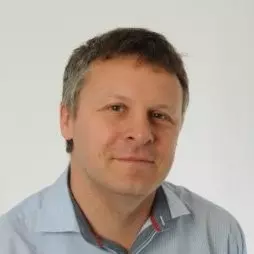
Rasmus Boe-Hansen
Innovation Manager - Water Supply
KRÜGER A/S
Kontaktieren Sie Rasmus über sein LinkedIn Profil
Services für die Grundwasser-Aufbereitung
FAQ zur Aufbereitung von Grundwasser
Wie lässt sich eine nachhaltige Grundwasserentnahme sicherstellen?
Es ist wichtig, das Grundwasser im Einzugsgebiet zu schützen, damit eine nachhaltige Entnahme aufrechterhalten werden kann. Zum Schutz müssen die Ressourcen kartiert und überwacht werden und es müssen Bedingungen und Einschränkungen für die Nutzung festgelegt werden. Zu weitere Maßnahmen gehören:
- Schutzzonen um Entnahmebrunnen
- die Begrenzung des Einsatzes von Pestiziden und Düngemitteln und
- die Minimierung von Aktivitäten, die das Risiko einer Grundwasserverschmutzung mit sich bringen.
Welches sind die gängigsten Methoden zur Grundwasserreinigung?
Die Behandlung umfasst in der Regel eine Belüftung zur Zufuhr von Sauerstoff und zum Strippen flüchtiger Verbindungen, eine Sandfiltration zur Entfernung von Partikeln und zur Unterstützung biologischer Prozesse sowie eine UV-Desinfektion als hygienische Barriere. Andere Methoden können die Enthärtung zur Verringerung des Kalziumausfällungspotenzials (CCP) und die Verwendung von Adsorptionsmitteln (z. B. Granulierte Aktivkohle - GAC) zur Entfernung von Mikroverunreinigungen umfassen.
Ist die Grundwasserbehandlung auf größere Wasservorräte anwendbar?
Obwohl die einfache Aufbereitung von Grundwasser eine dezentralere Versorgungsstruktur sehr begünstigt, können auch Gebiete mit hoher Bevölkerungsdichte von den Grundwasserressourcen profitieren. Natürlich muss das Wasser dann oft weiter vom Einzugsgebiet zur Aufbereitungsanlage transportiert werden. In dicht besiedelten Ländern wie Dänemark und den Niederlanden basiert die Wasserversorgung weitgehend auf Grundwasser.



